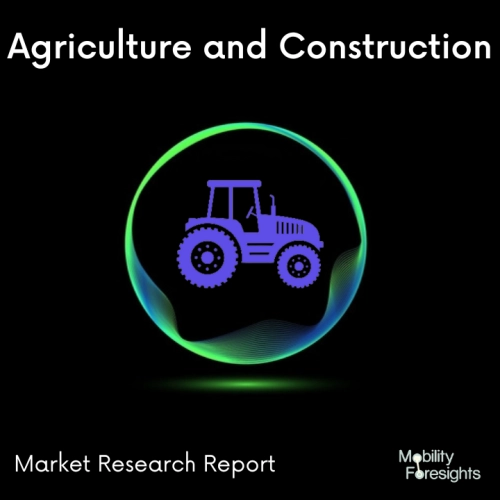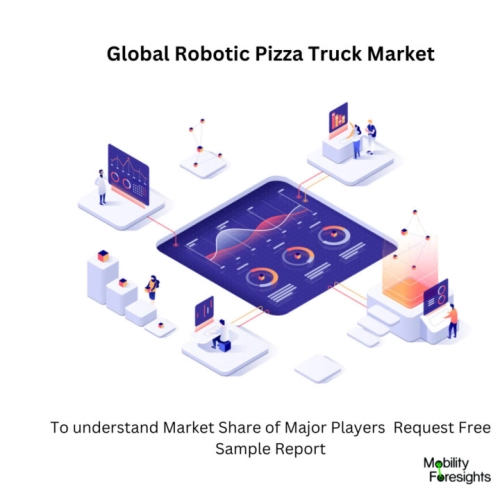
- Get in Touch with Us

Last Updated: Apr 25, 2025 | Study Period: 2022-2030
Similar to the rest of the globe, the restaurant industry is undergoing profound change. Consumers are seeking better convenience and higher-quality food, including options with fresh, premium ingredients, more than ever. Pizza is made by the robotic pizza truck in five minutes, and it can be made 420 times before needing to be restocked.
Despite the truck's fully automated cooking system, a person is still needed to cut and package the pizza. In recent years, a number of restaurant automation firms have started developing labour-saving gadgets, including delivery robots that trundle across sidewalks, waitstaff robots that roomba between tables while carrying dishes, and robot arms that can operate fryolators.

The Global robotic pizza truck market accounted for $XX Billion in 2021 and is anticipated to reach $XX Billion by 2030, registering a CAGR of XX% from 2022 to 2030.
Jay-venture Z's capital firm Marcy Venture Partners announced A investment round on behalf of Stellar Pizza. Earlier funding rounds for the robotic pizza truck were around millions and were coordinated by Root Ventures with contributions from Crosslink Capital and Collaborative Fund.
Former SpaceX engineers, including CEO Benson Tsai, came up with the idea for an autonomous food truck. The trucks, which are operated out of a commissary, have a production capacity of around 420 custom 12-inch pies before reloading and can be driven by one driver.
Although Tsai has hinted that the labor- and space-light model has possibilities for other food categories that are best delivered hot and fresh, including fried chicken or fries, Stellar will provide pizzas, produced in about 5 minutes by the truck's automated technology.
This fall, the University of Southern California campus in Los Angeles will host the debut of the first Stellar Pizza truck, with additional college and university campuses to follow.
| Sl no | Topic |
| 1 | Market Segmentation |
| 2 | Scope of the report |
| 3 | Abbreviations |
| 4 | Research Methodology |
| 5 | Executive Summary |
| 6 | Introduction |
| 7 | Insights from Industry stakeholders |
| 8 | Cost breakdown of Product by sub-components and average profit margin |
| 9 | Disruptive innovation in the Industry |
| 10 | Technology trends in the Industry |
| 11 | Consumer trends in the industry |
| 12 | Recent Production Milestones |
| 13 | Component Manufacturing in US, EU and China |
| 14 | COVID-19 impact on overall market |
| 15 | COVID-19 impact on Production of components |
| 16 | COVID-19 impact on Point of sale |
| 17 | Market Segmentation, Dynamics and Forecast by Geography, 2022-2030 |
| 18 | Market Segmentation, Dynamics and Forecast by Product Type, 2022-2030 |
| 19 | Market Segmentation, Dynamics and Forecast by Application, 2022-2030 |
| 20 | Market Segmentation, Dynamics and Forecast by End use, 2022-2030 |
| 21 | Product installation rate by OEM, 2022 |
| 22 | Incline/Decline in Average B-2-B selling price in past 5 years |
| 23 | Competition from substitute products |
| 24 | Gross margin and average profitability of suppliers |
| 25 | New product development in past 12 months |
| 26 | M&A in past 12 months |
| 27 | Growth strategy of leading players |
| 28 | Market share of vendors, 2022 |
| 29 | Company Profiles |
| 30 | Unmet needs and opportunity for new suppliers |
| 31 | Conclusion |
| 32 | Appendix |